Commentary: Welcome to the age of Big Oil’s managed decline
- Home
- Articles
- Environment
- Commentary: Welcome to the age of Big Oil’s managed decline
By Ron Bousso – Reuters
Top oil and gas companies are losing confidence in the outlook for their core businesses.
Recent strategy updates by leading European and U.S. energy firms saw them lower capital expenditures while increasing shareholder payouts. This looks a lot like the beginning of a long-term managed decline.
Oil and gas is a capital-intensive industry requiring heavy investment simply to maintain production, and project lead times are very long, so cutting spending now sends a clear signal about a company’s long-term trajectory.
Legal Notice / Disclaimer
Ahead of the Herd newsletter, aheadoftheherd.com, hereafter known as AOTH.Please read the entire Disclaimer carefully before you use this website or read the newsletter. If you do not agree to all the AOTH/Richard Mills Disclaimer, do not access/read this website/newsletter/article, or any of its pages. By reading/using this AOTH/Richard Mills website/newsletter/article, and whether you actually read this Disclaimer, you are deemed to have accepted it.
Share Your Insights and Join the Conversation!
When participating in the comments section, please be considerate and respectful to others. Share your insights and opinions thoughtfully, avoiding personal attacks or offensive language. Strive to provide accurate and reliable information by double-checking facts before posting. Constructive discussions help everyone learn and make better decisions. Thank you for contributing positively to our community!

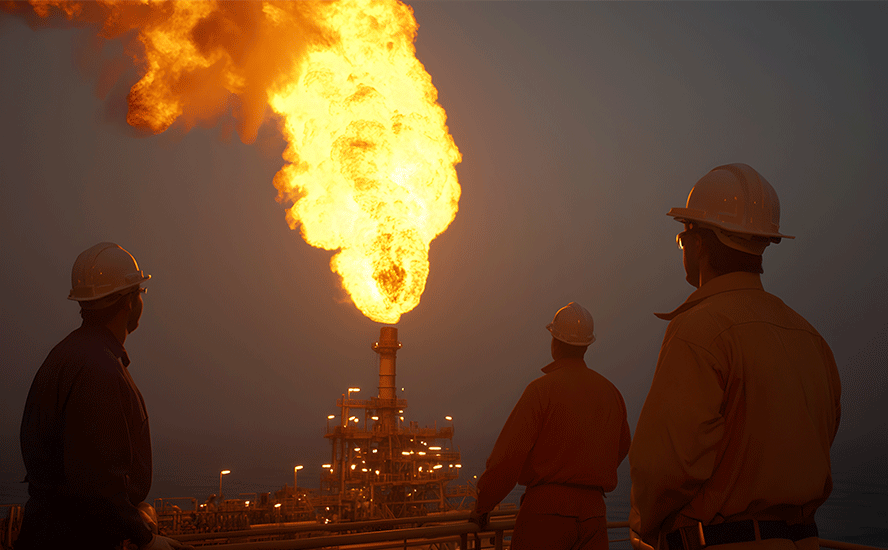


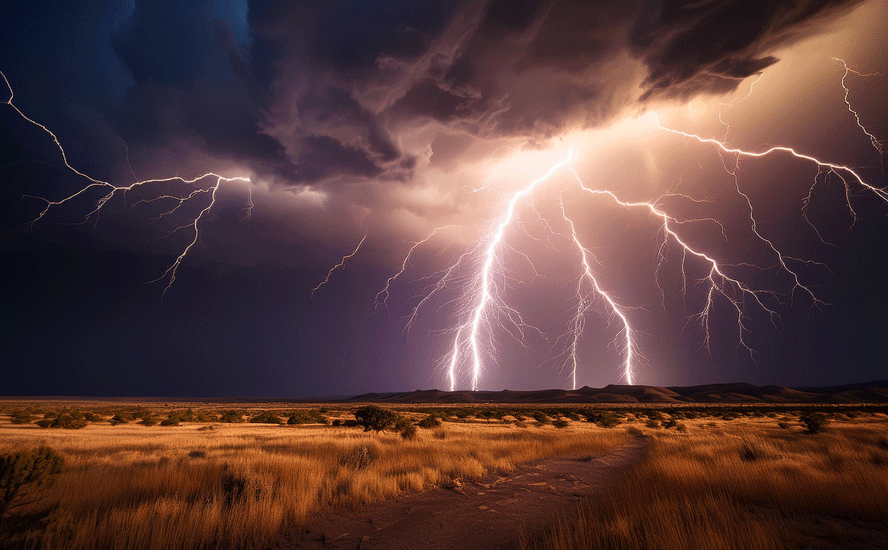


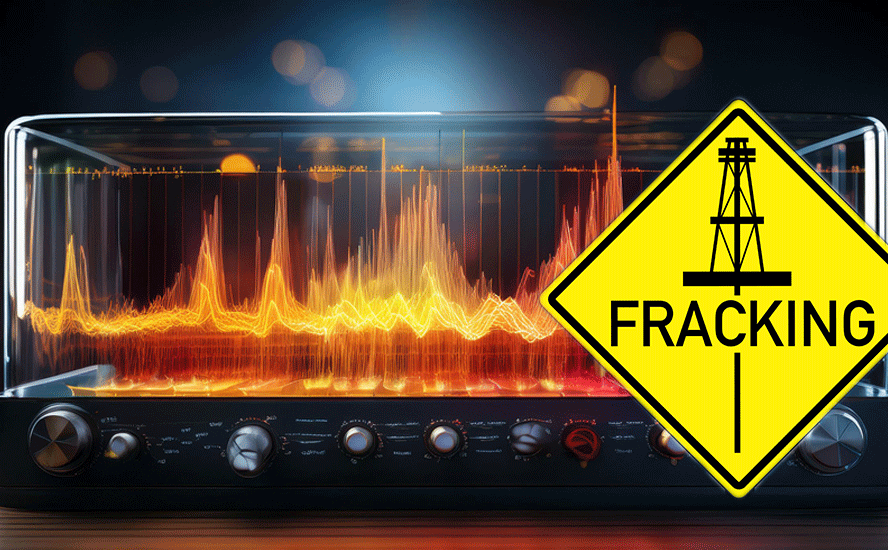



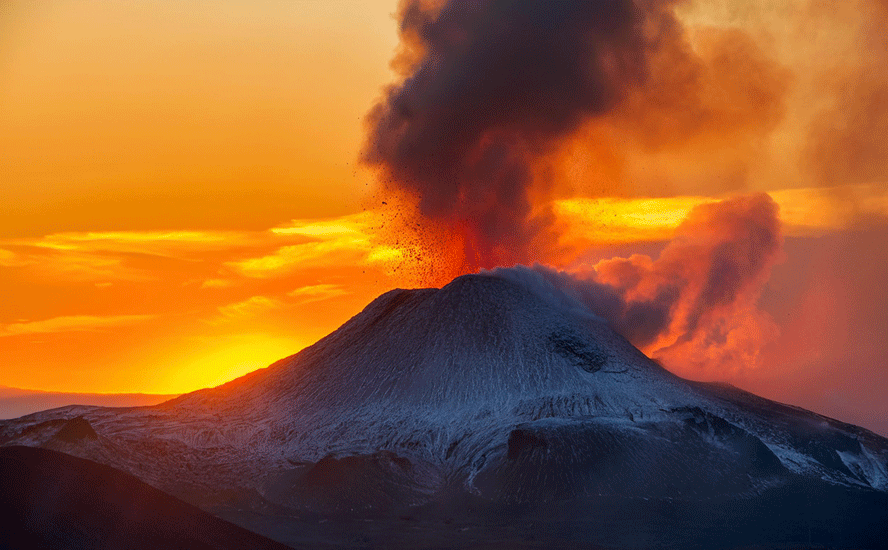
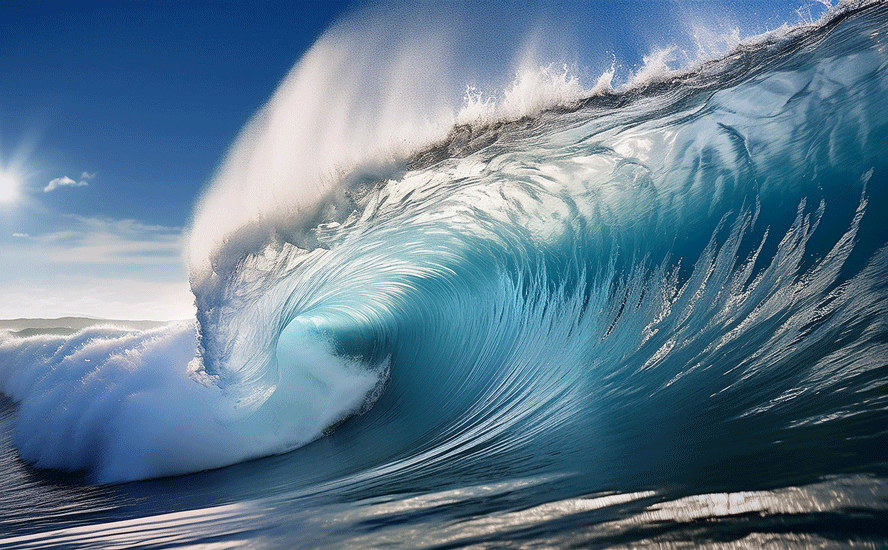


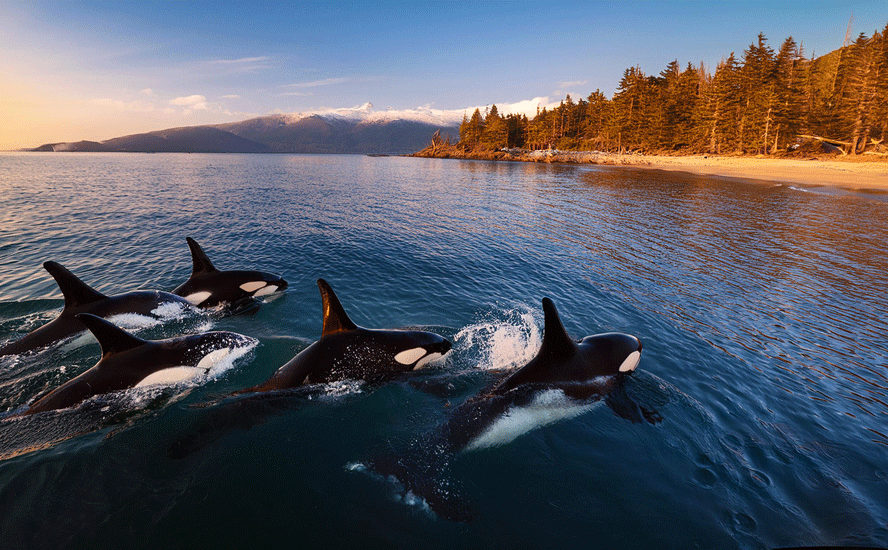



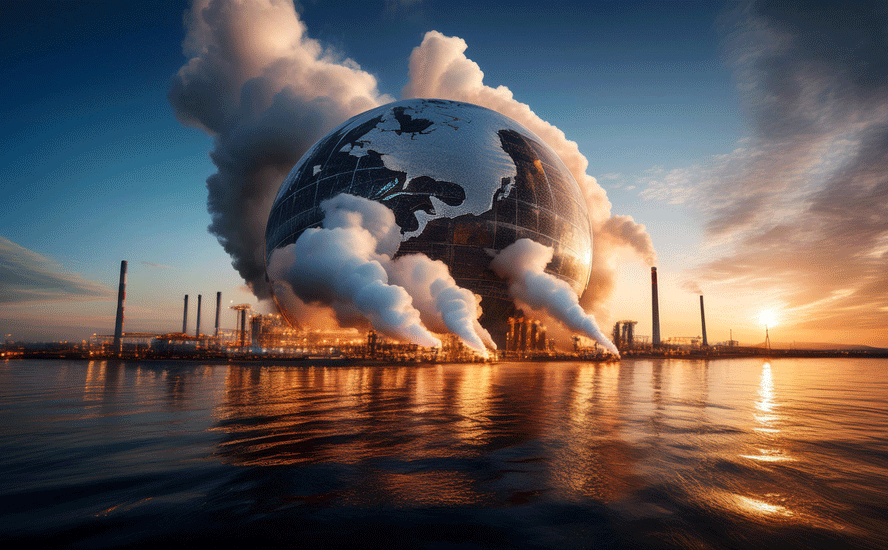

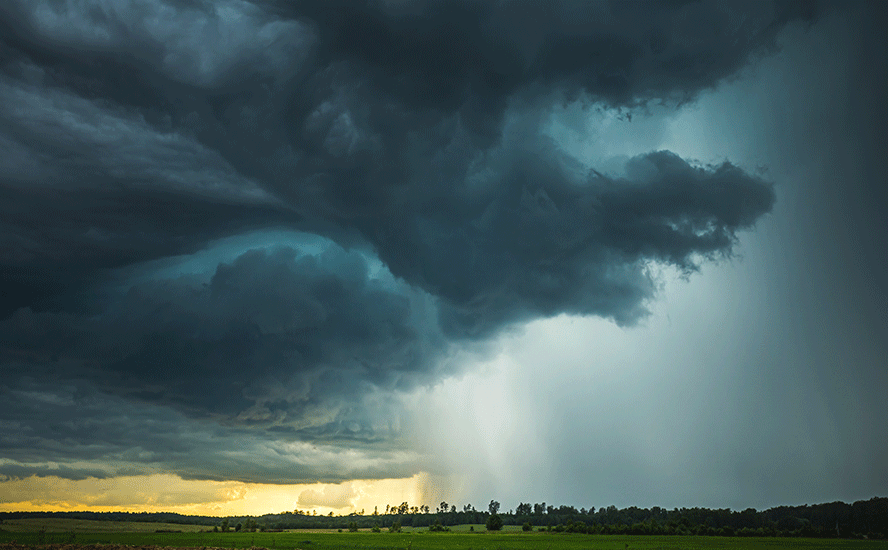
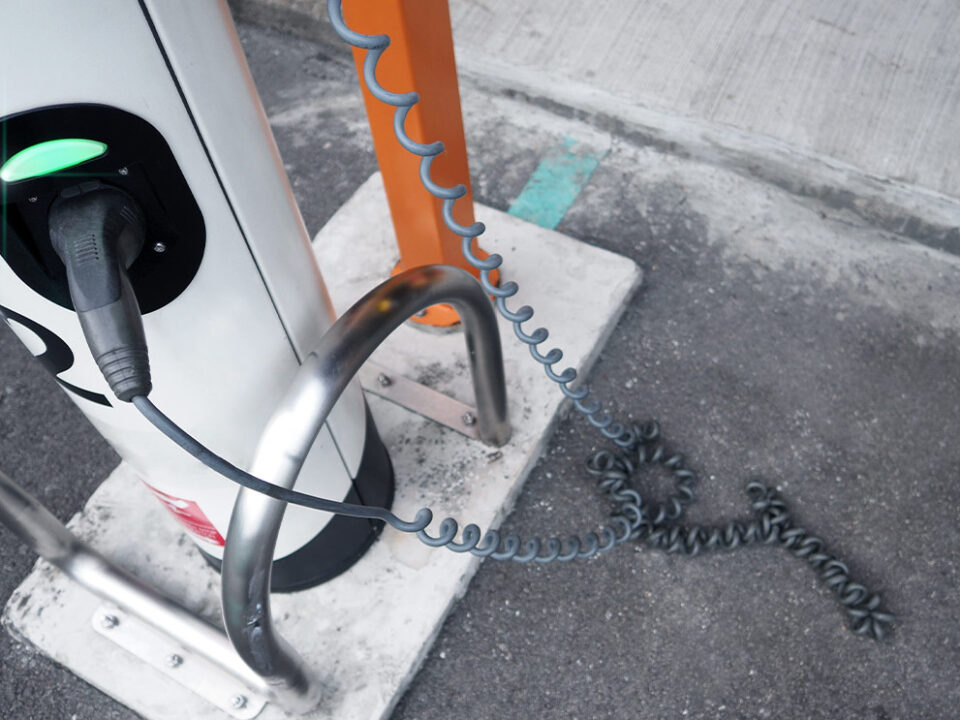



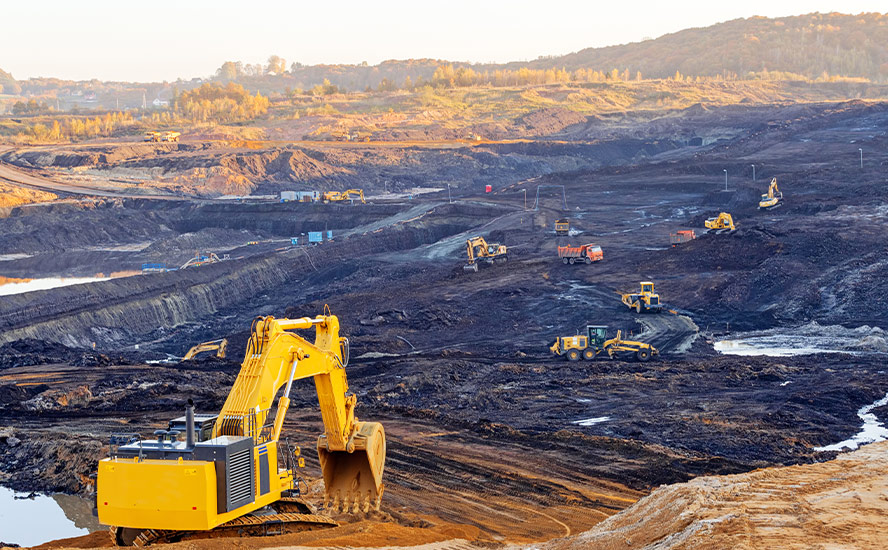
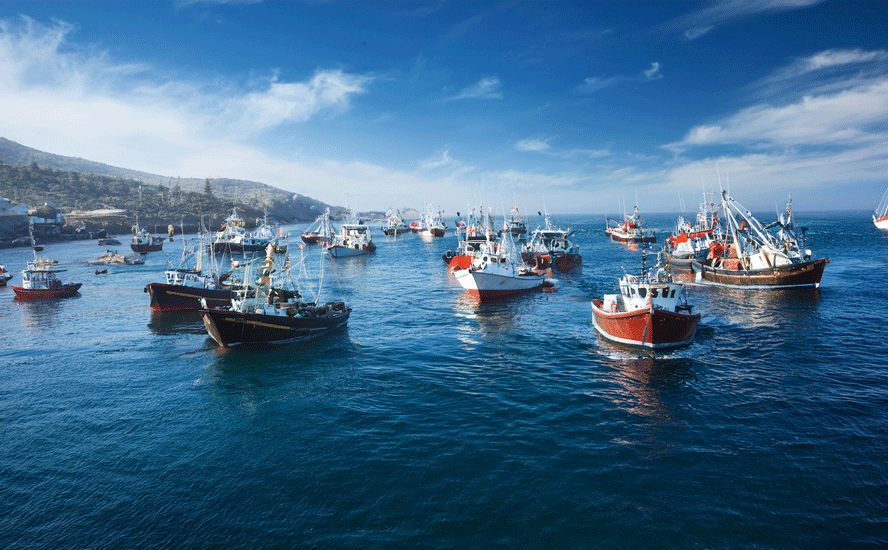
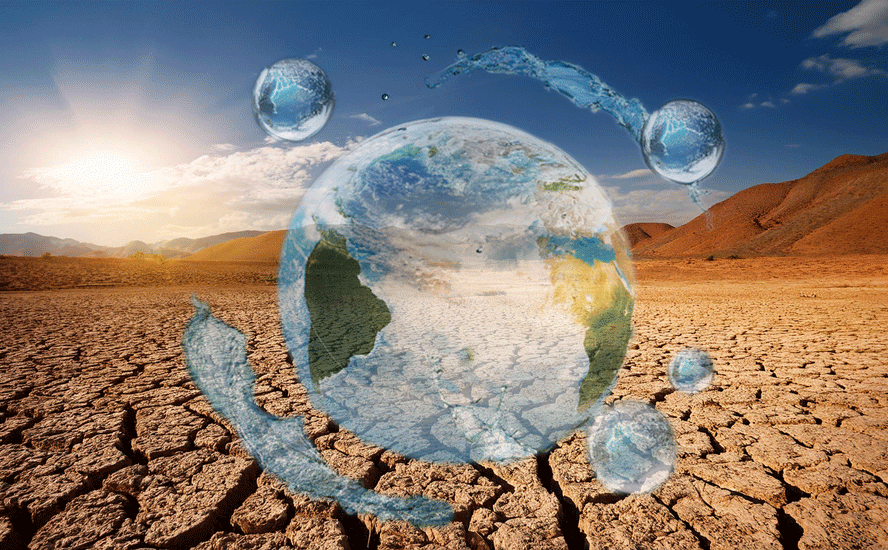
Canadian Energy Regulator (CER) has the power over pipelines that cross provincill and international borders. That includes the US border.
There is a 1977 US Canada pipeline agreement but its iffy and it would be ignored like Trump ignored his greatest trade agreement ever.
Back to the Trump tariffs, part of Donald Trump’s justification for imposing them on Canada is border security. To him, not enough is being done to curtail the illegal shipment of the dangerous street (and pain relief) drug fentanyl from Canada to the US, as well as illegal immigrants crossing the Canada-US border into the States.
The border is hugely contentious among Republicans and the news channels that reflect the GOP’s values.
The other reason though, is the trade deficit the US is currently running with Canada. While Trump said it’s USD$250 billion, that number is wildly exaggerated.
Global News reports Trump has inaccurately equated the existing deficit as a “subsidy,” claiming the U.S. is economically propping up Canada, and has threatened to tariff those Canadian goods it sells in the name of “fairness.”
“They’ve taken advantage of us for years, and we’re not going to allow that to happen,” Trump told reporters aboard Air Force One over the [Jan. 25-26] weekend.
“Without our subsidy, Canada doesn’t exist, really. Canada is totally reliant on us. Therefore, it should be a state.”
The most recent data from the US Census Bureau shows that on goods traded, the deficit with Canada was USD$64.26 billion in 2023. The year before it was USD$78.19 billion.
The Global News article goes further in stating that, rather than being the fault of Canadian administrations, the deficit going back to 2017 has largely mirrored the rate of energy exports to the US and the price of crude oil.
It notes the US gets more than half of its crude from Canada and that many US refineries are reliant on that product, called Western Canadian Select, mined from the northern Alberta oilsands.
An analysis by TD bank shows that when oil exports are removed from the Canada-US trade equation, the US in 2023 actually had a trade surplus with Canada of more than US$30 billion.
One more point from the Global story is worth mentioning. While Trump during his first term railed against China for having a trade surplus with the United States, since being re-elected in November Trump has hardly mentioned it. Which is odd, because the US trade deficit with China is four times greater than Canada’s, in 2023 registering USD$279.4 billion.
The fact that Canada has a trade deficit with the US, and is getting into a trade war because of it, is supremely ironic. It’s ironic because we have always sold our oil to the United States through north-south pipelines that offer up Canadian crude at a major discount to the two international benchmarks, Brent crude and WTI crude.
(Historically, the spread between WCS and WTI is between $18 and $20 per barrel).
If we were to build an oil pipeline to tidewater on the Canadian West Coast from Alberta, both Alberta and north-eastern British Columbia producers would receive the higher Brent crude price.
Enbridge wanted to build that pipeline, the Northern Gateway, but it was rejected by the federal government after opposition from indigenous and environmental groups.
There are currently no oil pipelines running east from Alberta except for Enbridge Line 3, the oil in that line starts in Alberta and ends up in Superior, Wisconsin.
That could be changing, however.
Federal Industry Minister François-Philippe Champagne recently said the country needs an oil pipeline connecting Alberta oil to the country’s east coast.
“You need to look forward in the future,” Champagne told CTV Question Period in an interview Sunday. “And that may mean that we need to have transmission lines that could bring electricity East-West. That may mean you need pipelines that go East-West.”
Champagne’s comments followed a call by Alberta Premier Danielle Smith to resume talks on major pipeline projects that could connect the province’s oil and gas to tidewater, according to CTV News.
It’s hard to say whether, even in light of the Trump tariffs, an oil pipeline to the east coast would receive support. In the CTV News article, Champagne sounds uncharacteristically bullish on fossil fuels when he states, “We cannot be dependent. We have these natural resources. We need to be able to export to markets. And you know what? I think people understand better now, the nexus between energy security, economic security, and I would even say national security.”
On the other hand, Bloc Québécois Leader Yves-François Blanchet said he “fiercely opposed” any new pipeline projects in Quebec, while Quebec Premier François Legault said that while Quebec needs to diversify export markets, he was doubtful there was any “social acceptability” in the province for a pipeline project.
Trump claims the United States doesn’t need Canadian oil exports but he is wrong about that, too. According to the CD Howe Institute, the 4.4 million barrels per day of imports from Canada allow the US to export an identical amount of 4.4Mb/day of light oil, mostly from the Permian Basin, earning the country annual export revenue of USD$119 billion. 97% of Canadian oil exports go to the US.
It’s not so much the amount that matters but the type of crude oil.
The heavier Canadian crude is delivered to refineries in Minnesota, Wisconsin, Illinois, Colorado, Louisiana and Texas. These refineries have made significant investments to accept Canadian crude. As CD Howe observes, it is not possible to refine the lighter crude oil produced in the Permian Basin, Texas and New Mexico without spending heavily on reverse-engineering these facilities’ ability to accept light crude.
Knowing this, we pose the question again: Does America need Canadian oil? Well, yes. As CD Howe puts it, In simplest terms, the US buys Canadian oil at a discount and exports at full price, which currently yields a US$19 billion annual windfall.
Using Permian crude domestically instead of exporting it would eliminate the $19 billion per year benefit.
If the US rejects Canadian oil, it will have to find another source.
Venezuela and Saudi Arabia are possibilities. Both produce heavy crude like Canada’s. But approaching Venezuela after bashing Maduro while he was president before, would mean Trump having to lose face to a South American dictator. Saudi Arabia would want something in return and asking them would mean admitting that the United States is back in need of Middle Eastern oil after declaring itself energy independent.
What happens if tariffs are placed on Canadian oil imports? The president has said that 10% tariffs will be applied to the 4.4 Mb/day of crude oil starting on March 4.
CD Howe noted that Midwestern US refiners would have few alternative sources of supply, given that pipelines from tidewater on the Gulf Coast (which accept heavy crude) do not flow north-south, and there is little to no US crude production in that area.
A Feb. 11 CNBC article states that Trump’s tariffs on Canadian oil are expected to raise gasoline prices for US drivers:
How much fuel prices would rise due to the tariffs depends on how Canadian producers and U.S. refiners respond. In general, a 10% tariff passed to the consumer would increase gasoline and diesel prices by about 15 cents per gallon, Andy Lipow, president of Lipow Oil Associates, said in a Feb. 2 note.